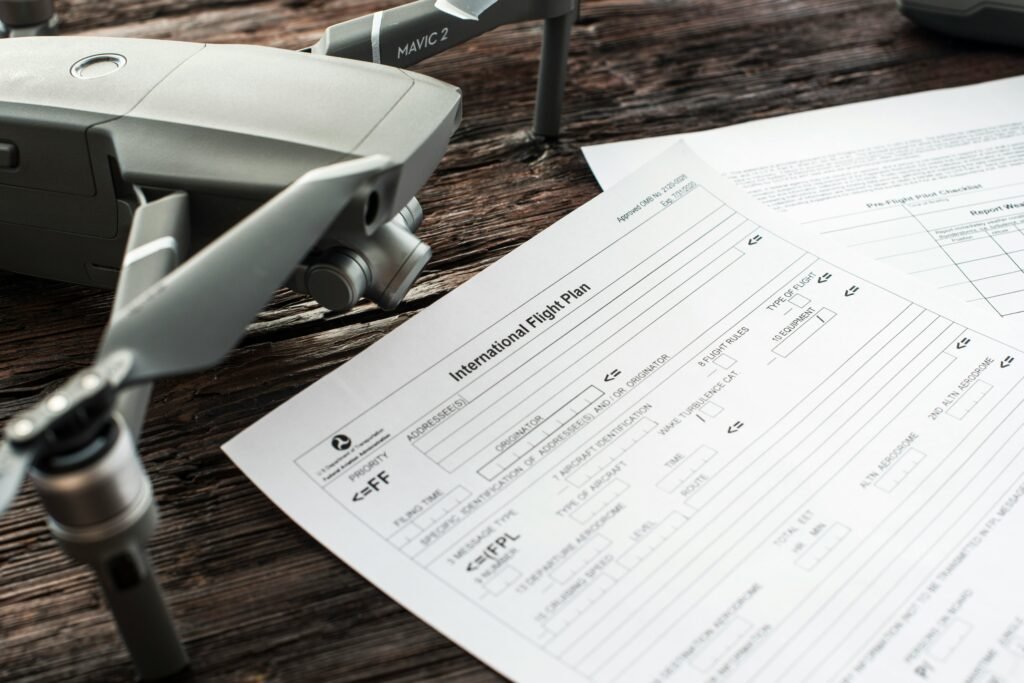By BlockAI — The Internal Revenue Service has widened its focus on crypto taxes. This report explains who is targeted, what tools the agency uses, when the shift began, where it matters, why the IRS is acting, and how it enforces rules. The IRS crypto surveillance and enforcement effort now combines exchange records, blockchain analytics, and legal tools to find tax noncompliance. That mix has raised new questions about privacy rights and Fourth Amendment protections.
Scope
The IRS crypto surveillance and enforcement campaign targets U.S. crypto investors, major exchanges, and taxable transactions. Investigators rely on data from platforms and on-chain analytics to build profiles and spot mismatches. John Doe summonses and cooperation with exchanges are central. The IRS estimates high rates of under-reporting and has stepped up audits, “soft letters,” and seizures to recover unpaid taxes.
Tools
Investigators use exchange data, blockchain analytics, and subpoenas. The IRS crypto surveillance and enforcement toolbox includes John Doe summonses to compel broad data, 1099-DA reporting rules coming in 2025, and increased AML/KYC pressure on platforms. Those compliance moves mirror efforts in other parts of the industry to tighten reporting and controls, as seen in debates around compliant stablecoins and custody solutions like those discussed in USAT stablecoin promises U.S. compliance and market access via Anchorage Digital.
Timeline
The shift began around 2017 and accelerated through 2023–2024. The IRS crypto surveillance and enforcement drive saw big seizures in fiscal 2021 and plans to roll out improved reporting by 2025–2026. Expect continued data-sharing and refinement of audit targeting.
Privacy battle
Critics warn that the IRS crypto surveillance and enforcement rush may clash with privacy rights. Legal fights over Fourth Amendment protections and the scope of John Doe summonses are ongoing. Security concerns also surface for everyday users, especially as malware and wallet-draining attacks complicate the picture; see related coverage on threats such as ModStealer malware hijacks browser extensions to drain crypto wallets.
What to do
Crypto investors should keep detailed cost-basis records, respond to soft letters, and follow AML/KYC guidance. Use reputable exchanges, track trades, and consider professional tax help to avoid audits and seizures.
Frequently asked questions about IRS crypto surveillance and enforcement (FAQ)
What is a John Doe summons?
A court-approved tool the IRS uses to compel exchanges to hand over data on a group of taxpayers when individual identities are unknown.
Will 1099-DA reduce audits?
1099-DA aims to improve cost-basis reporting and could reduce mismatches, but it may also sharpen IRS targeting.
Are seizures common?
The IRS has seized large sums in some years. Seizures are used for enforcement but reserved for serious noncompliance.
BlockAI reports on the intersection of policy, markets, and technology to help readers navigate crypto’s evolving compliance landscape.



